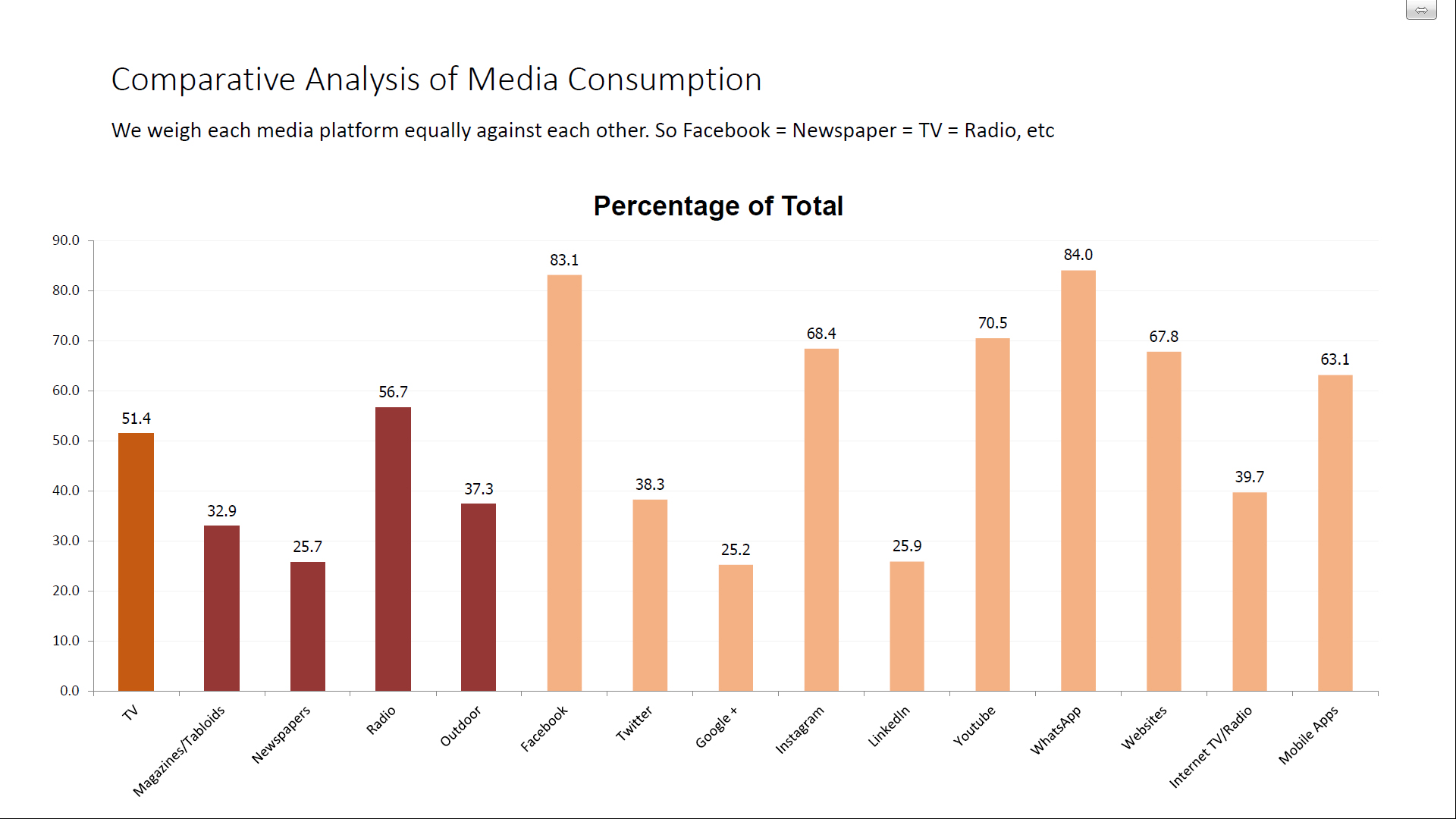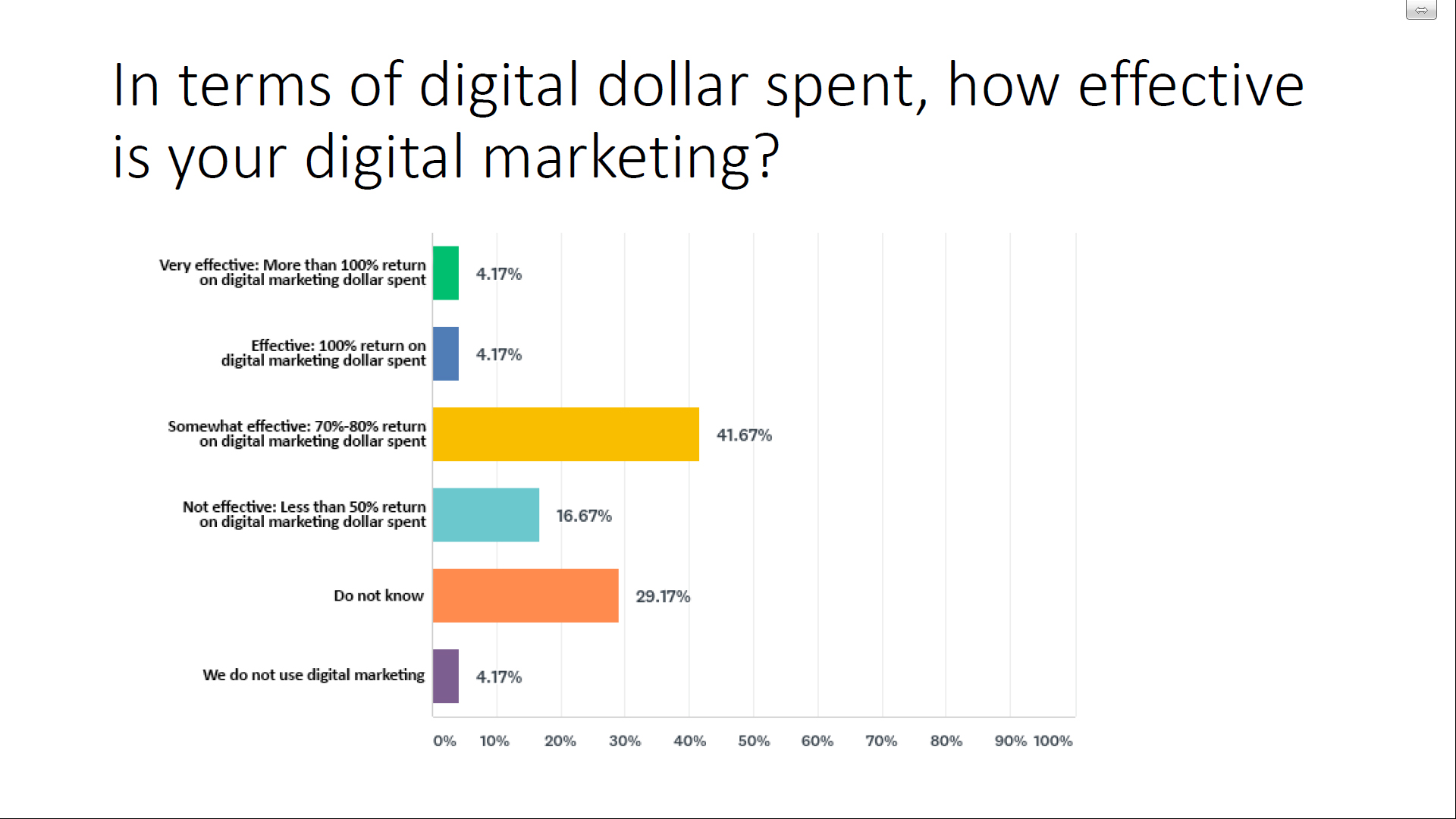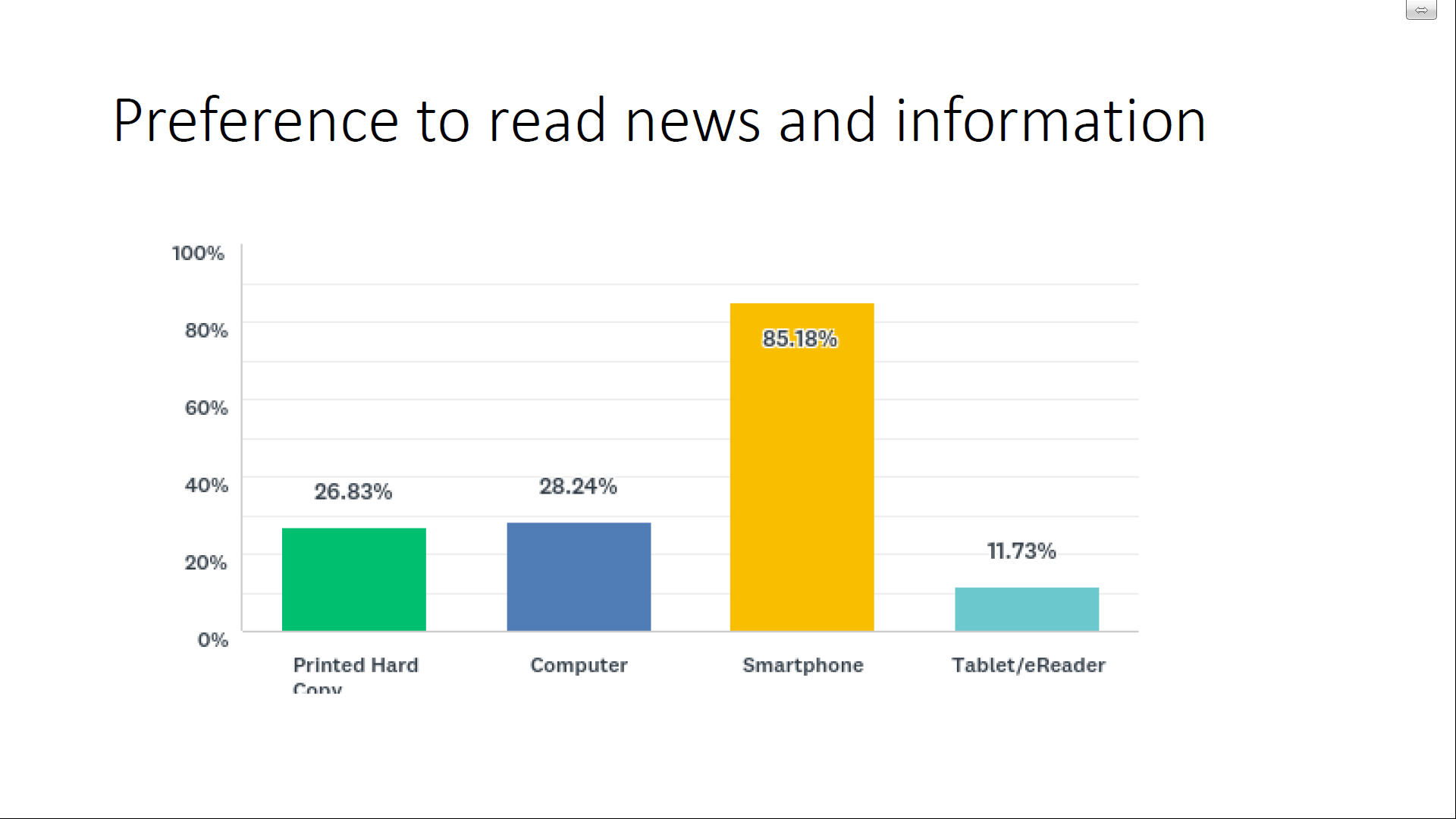A frantic evolution
The media industry in Oman has tipped in favour of digital and social media leading to a host of advantages and challenges. The way these are negotiated will define the next turn of this fast evolving media landscape.
Mediate was amongst the first to predict a definitive shift from traditional to digital media five years ago. Surprised, well here’s a sample of what we forecasted way back in 2014 – ‘Technology the biggest game changer in the world is impacting the media industry in myriad ways – from changing the way media is being consumed to forcing brick and mortar companies to adapt and reinvent themselves. The GCC countries too are feeling the cross currents of this new wave as a tech savvy younger demographic junks traditional forms of media in favour of new age devices and social media options like Facebook, Twitter, YouTube and Instagram.’
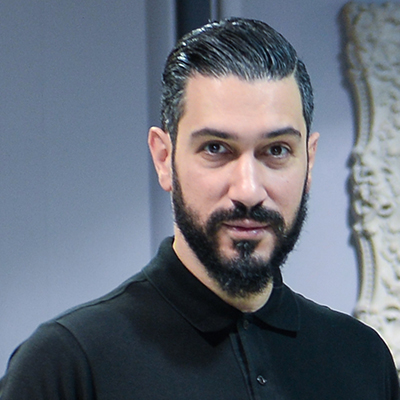
Marios Stylianides
General Manager, ID Design
Looking back, the market has indeed moved in the direction envisaged by Mediate. Overall, there has been a major shift in Oman’s media, over the last five years, as people have moved from traditional media to digital and social media. The change is underscored by Mediate’s Media Consumption survey 2018-19. The survey found that WhatsApp accounts for the highest consumption of media at 84; Facebook was a close second at 83.1; YouTube came in third at 70.5; while newspapers were a distant 25.7.
The same holds true on the advertising side. Mediate’s Marketing Survey 2018-19 revealed that Facebook is the most preferred media channel for companies to promote their brand, product and service at 81.63 per cent. Instagram follows at 77.55 per cent and newspapers are a distant third at 65.31 per cent. Says Marios Stylianides, General Manager, ID Design, “There is a huge change in consumer perception regarding social media. Most people are not picking up newspapers these days, but they are active on social and digital media platforms.” Karim Boukarroum, CEO, Talks International corroborates, “Communication is now led and received by smart phones, so digital is the name of the game.” The reasons for this change are self-evident. Oman and the GCC region with a young demographic lends itself naturally to digital media, as youngsters are technology savvy and tend to consume media online.
Greater measurability of digital media compared to conventional media is another attraction for clients. While there have been media audits of newspapers and weeklies in Oman, a shadow of doubt has always been there over the claimed numbers and their credibility. In comparison, advertisers and clients can get metrics like the number of people who clicked on a banner advertisement and pay based on it on digital media. They can also take an informed decision on the basis of likes, followers and interaction on a website while advertising.
Finally, social and digital media is markedly less expensive compared to traditional media. According to market analysts, social and digital media costs almost a third in terms of investment compared to advertising in newspapers. Taking forward the logic, an advertiser can get three times the reach or more with an equivalent spend of a newspaper advertisement on digital and social media. Mediate’s Marketing survey shows that marketers are allocating a larger proportion of their advertising budgets to digital media due to the following reasons – growing importance (61.54 per cent), measurability of return on investment (15.38 per cent) and cost effectiveness (7.6 per cent).
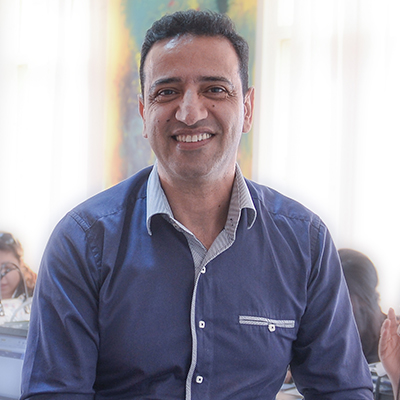
Karim Boukarroum
CEO, Talks International
The prevailing economic climate in the GCC countries has put adspends under pressure, hastening the shift towards digital and social media. Adspends in the GCC have reduced by five per cent in 2018 compared to 2017, and this is reflected across the region. Oman and Saudi Arabia adspends went down by six per cent in 2018; UAE by four per cent; Kuwait by three per cent; Qatar by nine per cent and Bahrain by 12 per cent.
The change is being led by larger and more mature corporates in Oman. Says Boukarroum, “Organisations that are advanced are leading the transformation, with them allocating almost 40 per cent of their budgets to digital versus conventional media and event sponsorships. That’s a huge realisation that digital is the future, and it’s share will continue to grow to 50 per cent in the next three years.”
The sudden growth of social and digital media has benefited the market, but it has also thrown up new challenges, concerns and issues. As marketers, agencies and service providers are at different levels on the digital knowledge curve, it has led to experimentation, hit and trial and a search for the best possible solutions.
Changing consumption patterns
The increasing number of social media platforms coupled with their popularity has created a problem of plenty for companies and marketers.For example the list of most popular social media sites includes – Facebook, Twitter, LinkedIn, YouTube, Google+, Instgram, Tumblr, Flickr,Reddit, Snapchat, Quora, Vine, Weibo, Digg, StumbleUpon, Delicious, BizSugar, VK, Periscope etc. Add digital sites and this list increases multifold. The clutter has made it difficult for companies to choose one or more sites that are an exact fit for their message.
The fact that different demographics, nationalities and countries have their own individual preferences, compounds the problem. For instance, a majority of expatriate social media users in the GCC region tend to be more active on Facebook. While, the Arabic audience uses Twitter and Instagram extensively.
The consumption pattern of social and digital media is also undergoing a metamorphosis. While posts and tweets were the norm a few years ago, these have given way to a cross section of options like photos, videos, ephemeral posts etc. A radical change has been the growing popularity of video content. As per some metrics, video posts get four times engagement compared to written posts. Says Ashlee Starratt, Project Lead, Digital Transformation, SABCO Media, “Without a doubt the trend over the last year has been primarily towards video-oriented content. Today’s viral social media consumption isn’t about sharing memes or links anymore. Those articles, photos and campaigns that were once link-driven, that same content is now video-led.” Shorter attention spans and with the time spent online being precious, an average online consumer does not want to have to click away from a page to get the desired information, in contrast they prefer watching something that pops up on their screen.
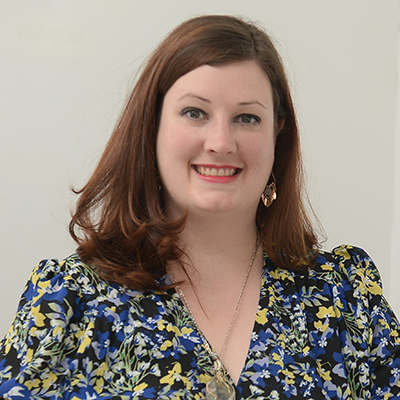
Ashlee Starratt
Project Lead, Digital Transformation, SABCO Media
The change in consumption is underscored by the growth of different video led content genres on social media like – breaking news or short docs (AJ+, VICE etc.), food-related content (Buzzfeed Tasty), human interest or viral content (Culture Trip, LADBible etc.) Moreover, anyone can be a content creator and facilitate their own platform for its dissemination. An influx of video apps like Director for YouTube, filmoraGO etc. allow anyone to shoot and edit their own content on-the-spot.
The 24/7 nature of social and digital media necessitates a constant flow of engaging content as following, views and likes are the result of a platform and it’s users ability to create meaningful and interesting content, under scoring the adage – ‘Content is king.’ Though there is a growing realisation of this reality, companies are hesitant to invest in suitable resources to generate authentic and good content.Says Starratt, “What both advertisers and media companies must understand in order to reach their target audience or consumer, is that you can’t attain target metrics without an investment in content; good content leads to views (along with strategic SEO) and without good content it doesn’t matter how many followers or likes you have – people aren’t going to watch and will move on.” Good content creation necessitates companies to be fearless, forward-thinking and to take risks by investing in resources – be it assets for production and content-generation, or advertising budgets that allocate more room for brand exposure across digital platforms.
Increasingly, companies have started outsourcing content creation, realising that it is a specialised skill. “We have learned that our business is content generation for PR, social media or advertising for our clients. As a result we are no longer driven by media led income,” says Boukarroum.
User generated content on the other hand can be a double-edged sword. In case a consumer loves a product or service, it can work as a great endorsement. It is also the easiest way to gain potentially viral exposure on social media without spending on advertising. This can be dubbed as the ‘word-of-mouth’ advertising for the digital age. On the other hand a disgruntled customer can lead to disastrous PR. “A customer comes to your restaurant or shop and has a great experience with your service – they Tweet about it, post it on Instagram or leave a good review on TripAdvisor and it quickly goes viral. Flip the scenario, to a bad experience they have had at your store or outlet? Well, it could also go viral,” says Starratt. The risk of adverse publicity means that companies have to be on guard round the clock to avoid negative any fallout and address customer complaints promptly.
Influencer marketing
Ephemeral content like Insta-stories, FB Stories, Snapchat etc. are becoming increasingly popular with a millennial audience. This has in turn given a fillip to user generated content. The prolific rise of the so-called ‘influencer’ or celebrity blogger culture and Insta-stories, Facebook stories, and Snapchat have become an indelible part of social media culture – making them an intrinsic tool for brands and advertisers on these platforms. This ties in well with the increasing shift towards visuals. With Instagram, allowing users to take the curation of their visual content to the next level by pairing it with reality-style or live story chronicling, enhances our appetites for the very voyeuristic nature of these kinds of platforms.
There are celebrities who essentially use their Insta-stories as a form of video diaries to connect with their fans and followers. This creates a sense of unprecedented access that’s incredibly lucrative for users from an engagement perspective and for advertisers in terms of potential for audience penetration. The fact that such stories last only for 24 hours, adds to the exclusiveness of having brand visibility on the story-feed of a given ‘influencer.’
Ephemeral content is being given a fillip by the growing incidence of influencer marketing. In a nutshell, influencer marketing is the use of someone with a large following to promote ones product or service. Pooja Saxena, social media influencer and blogger, The Lifestyle Journal, explains the essentials of being a good influencer, “Content is the key. If you notice a successful digital media celebrity, all of their pictures are attractive with an apt caption. Being consistent is another factor. It’s not enough to put a great picture one day and then not to post for the following month or two.” Moreover, the flow of content has to be smooth and connected to what one has posted earlier. Following a niche gets an influencer sincere followers. Influencers also need to create content keeping in mind their audience. People who create content for themselves fail to get popular despite the best of creativity.
The growing number influencers in the market has spawned credibility concerns regarding them. Says Amir Al Habib, Former Senior Corporate Communications Manager, Ahlibank, “Influencers in the market today, are people who are spreading entertainment. Probably as TV shows are limited in this region, social media gives them a chance to show their caliber.” Ahlibank flirted with the idea of using influencers in 2017-18, but in the end gave up on the idea in favour of using a couple of it’s own staff to cover news and information regarding the bank on social and digital media. “We did this to let people know that we have not rented or paid them to propagate our message. Oman has a different structure and customers believe a CEO or an insider more than someone from outside. Influencers who promote a certain cause can be effective, but they are unlikely to market anyone because of their principles,” adds Habib.
Other concerns about influencer marketing range from lack of accountability to fake followers. Emin Vali, CMO, Keepface – a firm that specialises in influencer marketing – agrees, “We face the same challenge as there are a lot of manipulations by influencers. As a company, we are investing in a software solution called Keepface 2.0 which analyses users and structure of an influencer’s audience, geographical presence, age, gender, fake followers etc.” The new software is expected to help Keepface calculate authentic reaction versus manipulated reaction. Research shows that even some of the world’s top influencers resort to such practices. “For brands, it’s all about playing smart by getting their figures right. If a company is paying influencers to do a job, they can ask for a detailed report with screenshots of the post impressions etc. Another option is to go for a paid partnership tag which is a great initiative from Instagram. Using this tag brands can get a direct access to the engagement or impressions of the influencers post,” avers Saxena.
Filtering the right influencer from the fake or wrong one proves to be another onerous task.Says Gerard Saliba, Public Relations Manager,Kempinski Hotel Muscat, “We cannot ignore the power of influencers as they have the ability to inspire and drive consumer interest instantaneously. The challenge is to engage with the influencers suitable to represent the brand.Indicators such as quality of content, follower engagement, and overall consistency are taken into consideration in addition to the number of followers they have when selecting influencers for the brand.”
Stylianides echoes the same, “You can never be 100 per cent sure that the influencer whom you are bringing is the correct person for your business. A number of people are followed because they are funny, but if you bring this person to your showroom, it may destroy your image, instead of building it. Thus, you need to be careful and closely monitor whom you are inviting.”
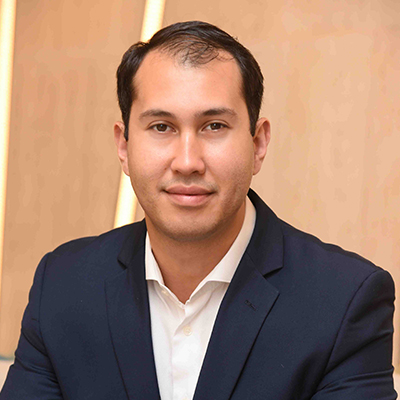
Gerard Saliba
Public Relations Manager, Kempinski Hotel Muscat
Despite such concerns, a number of brands are using or trying out influencer marketing. Vali says, “There are two big markets that influencer marketing is eating into. First, the traditional media and second, digital media itself. We are fighting against pay per click (PPC) advertising. It is easy to convince clients of mass advertising to shift budgets to influencer marketing because it has a number of advantages like being trackable, flexibility and the fact that one can launch it with any budget. Compared to traditional marketing, influencer marketing elicits a reaction.” While
digital marketing relies on advertising content for pay per clicks, influencer marketing is based on organic content, which is more credible and engaging. So when a person wants to search for a brand’s products and service, he looks for an influencer’s endorsement. The growing popularity of ad blocks are another factor that against digital marketing and in favour of influencer marketing.
There has been a growing trend of micro influencers, who are challenging the dominance of established influencers. Says Vali, “Last year due to a high demand for film stars, sports celebrities etc., there was an astronomical increase in their rates. These people are usually not very cooperative, hence there is a growing demand for micro influencers who write on certain specific topic and have a following of 10,000-15,000 followers.”
The MENA region has a growing number of influencers but there is a question mark over their quality. “Influencers in the US and Canada are more educated and they know how to create high quality content, compared to them influencers in the MENA region are not proficient in creating quality branded content, as this requires creativity and experience,” adds Vali.
Digital media and particularly e-commerce sites also seem to be undercutting brick and mortar models. Frederic Krueger, Director of Sales and Marketing, Kempinski Hotel Muscat avers, “With digitalization, consumers receive aggregated content speedier and is an added tool for us to market. The challenge is to maintain brand image through engaging content, attractive images, and inspiring videos in order to stand out from the crowd while positioning ourselves as one of the top brands in the hospitality industry.”
Digitalisation of events
The growing popularity of digital and social media is also impacting other media like events. Meriam Al Qarwi, General Manager, UBAR conferences & events underscores the use of digital in her profession, “Digitalisation of things is happening. It starts at the registration level as participants can insert their information, pay and register themselves online, instead of filling up forms. This saves them time and us the bother of chasing people and confirm attendance. Social media is also used by everyone to create awareness about a conference, topic to inform and invite participants.” Most event companies use social media to spread awareness about an upcoming event or conference. Some of them do it internally, while others outsource it to specialised agencies.
Overall, the event business in Oman is on an ascendant as the Oman Convention and Exhibition Centre (OCEC), coupled with the growing number of prestigious hotels are encouraging an influx of international conferences into Oman. This has also led to enhanced competition, necessitating the use of best practices. Says Al Qarwi, “We collaborate with the Oman Convention Bureau and the OCEC to bring international conferences to Oman. Attracting international events works through a long process of tenders and bids. Applying and winning requires us to showcase the destination’s strengths and competiveness not only within the region but also internationally as well as highlighting the professionalism all local stakeholders’; we need to show, specially to those who have never been to the Sultanate, that Oman has the expertise to host and deliver international conferences.”
Still going strong
Despite the growing popularity of digital and social media, ironically newspapers, tabloids and magazines still continue to command a lion’s share of advertising budgets. Says Habib “We are still using the classic media which is newspapers and magazines as it is target oriented. A majority of our marketing spends is allocated to the classic media. Our digital presence gives us good reach but in terms of turning it into revenue, the classic and print media works better.”
Other considerations for using print media range from greater credibility to attracting senior people with a higher purchasing power. Says Krueger, “Right now our focus is on the traditional media as we are a new property. Having your name in print has more weight that getting a post or photo posted by an influencer. It gives more credibility and substance to the brand. Moreover, it gives a level of news worthiness.” Adds Boukarroum, “Companies cannot shift their entire budgets to digital because there is a need to have conventional media for conventional people. If you are looking at senior people in terms of age and position then you need to look at conventional media, so the shift has to be slow.”
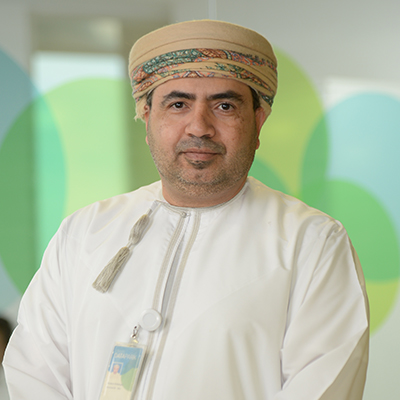
Maqbool al Wahaibi
CEO, Oman Data Park
Apart from traditional media, radio and out of home continue to be used extensively by companies and marketers in Oman. Says Habib, “Our presence on radio compared to the last five years has increased. The year 2018 saw a significant increase in our adspends on radio. In terms of out-of-home we feel that it requires balancing as Muscat is well covered, but out of Muscat it still needs to get mature. It also needs to be more dynamic and change the messaging as per our requirements.”
The rise of digital media, technology and changing consumption patterns are leading to a seminal change in the media industry worldwide. Maqbool al Wahaibi, CEO, Oman Data Park explains, “There is a tremendous shift and the good news is that media will no longer be a one way communication. It is being enhanced and it will become a two way communication. We will have a better chance of building patterns around humanity to understand them as media experts. Today, the more interaction that we get between a reader and a consumer, the better are the chances that we can start building patterns around it,” Going forward,the media is expected to transform itself from being more of a passive element of pushing news and information and transforming itself into a pattern generator by going into an interactive mode.
The change will also benefit companies in a number of ways. Says Wahaibi, “The new media is becoming a smart ad platform, which can guide me as a corporate whether I am targeting the right audience, how many amongst my audience is reading or seeing my ads and whether they are interacting and purchasing through my ad. The transformation into a smart media, allows companies to push their messages towards the right solution and benefit from it. In future, the media will not be merely a newspaper or a magazine, it will be more of an intelligent information system that allows humanity to do things with less effort.”

Meriam Al Qarwi
General Manager, UBAR Conferences & Events
Overall, the media will have to become more accountable in the coming years and change their mindset from merely thinking about their own interests to a win-win approach for the client and themselves. The growing popularity of social and digital media is not just undermining traditional media, but also bringing in more accountability for the entire media. And this may be the best thing in an ever evolving media landscape.

